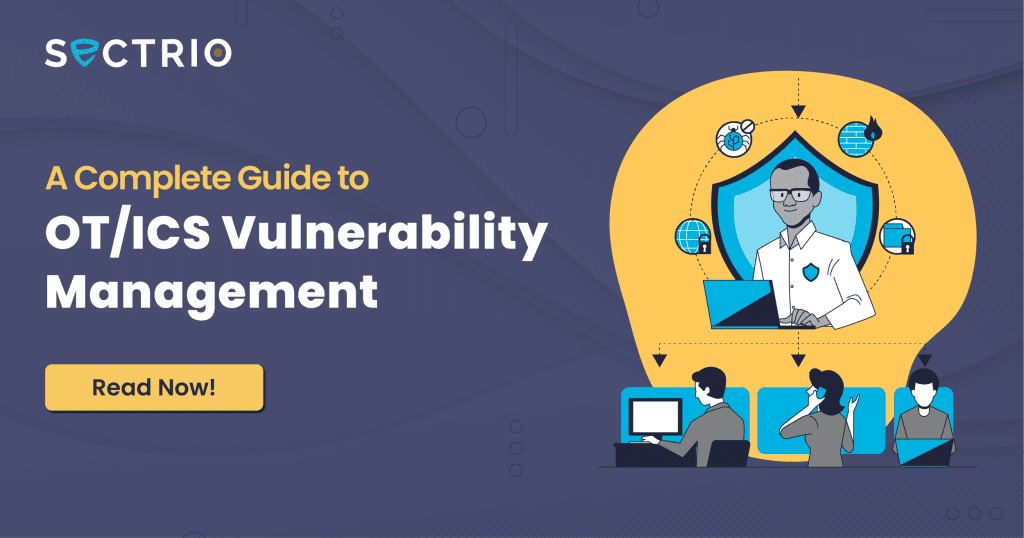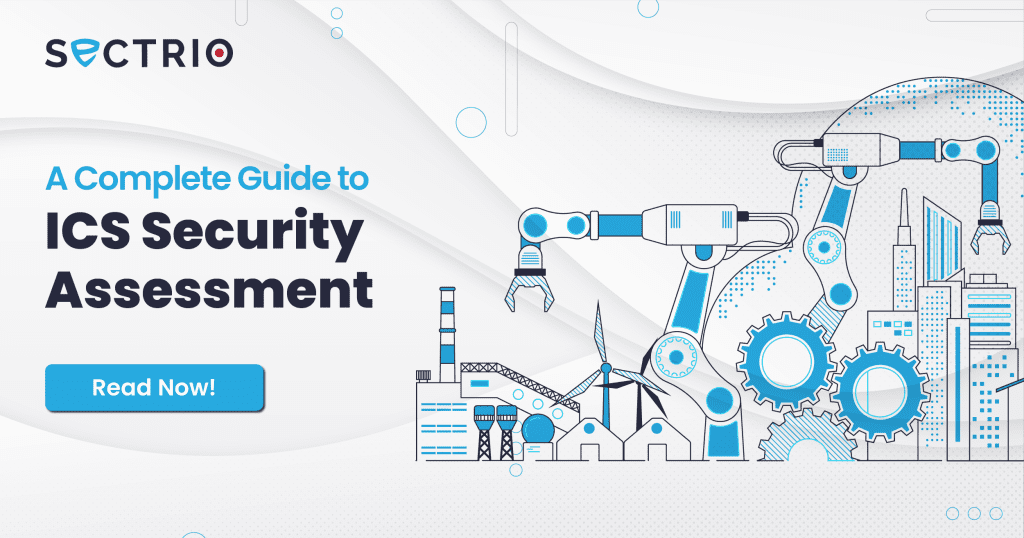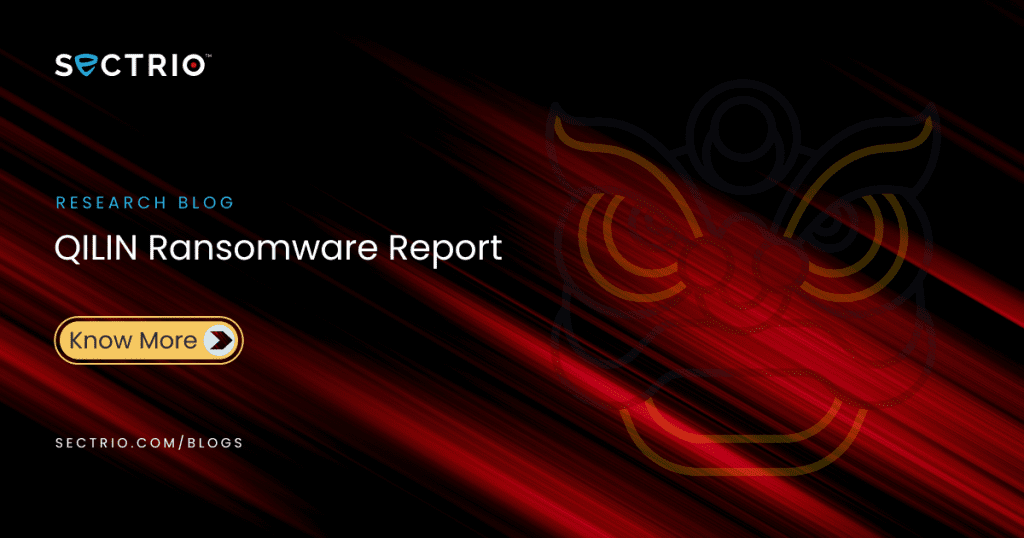NIST 800-82 R2/R3: A Practical Guide for OT Security Professionals
“Is our critical infrastructure truly secure in the face of ever-evolving cyber risks and insider threats?” This question resonates with an urgency that cannot be disregarded in a world where technology is woven into every facet of our existence. The pulse of modern industries relies on the seamless convergence of Operational Technology (OT) and digital systems. While this fusion promises efficiency and progress, it also opens the floodgates to potential cyber vulnerabilities that could cripple vital infrastructure. Recommended Reading: How to get started with OT security As industries become increasingly interconnected, the need for robust security measures has birthed the National Institute of Standards and Technology (NIST) 800-82 Revision 2 (R2) and Revision 3 (R3). These seminal documents offer more than just guidelines; they are a beacon guiding OT security professionals in safeguarding our critical systems from digital perils. In the subsequent sections, you’ll embark on a journey deep into the heart of NIST 800-82 R2/R3. You’ll explore its significance and practical implementation and understand how it weaves a protective cocoon around our operational technology landscape. This is not just a technical endeavor; it’s a call to action, a rallying cry to ensure that our industries stand fortified against the tides of cyber threats. Let’s unravel the layers of NIST 800-82 R2/R3 and discover how its wisdom can pave the way to a safer digital future and be a practical guide for OT security professionals. Understanding the Significance of NIST 800-82 R2/R3 Framework Picture a world where power grids, manufacturing plants, and transportation networks suddenly come to a grinding halt. The lights go out, production lines cease their rhythmic hum, and vehicles stall on highways. The very fabric of our modern society frays at the edges, all because of a few lines of malicious code. This scenario isn’t a dystopian fantasy; it’s a chilling reality that underscores the fragility of our critical infrastructure in the face of cyber threats. Operational technology, the backbone of these infrastructural giants, wields the power to shape economies and societies. Yet, this power also paints a bullseye on its back. As the world transitions into the digital era, the convergence of Information Technology (IT) and OT systems opens Pandora’s box of vulnerabilities. It’s a landscape where an attack on a single OT component could trigger a cascading catastrophe affecting countless lives. NIST 800-82 R2/R3 Framework: The National Institute of Standards and Technology (NIST) 800-82 R2/R3 framework offers a comprehensive roadmap designed to empower OT security professionals with the necessary guidance to secure their infrastructure. NIST 800-82 R2: Built on Experience, Forged by Challenges The evolution from the original NIST 800-82 to Revision 2 is a testament to the rapid transformation of the threat landscape. Every breach, every incident, and every challenge that emerged since the inception of the original framework has been meticulously woven into the fabric of R2. It’s a living document, breathing in past lessons to arm us against present and future threats. NIST 800-82 R3: Holistic Resilience in a Digital Age But NIST didn’t stop there. With the emergence of Revision 3, the framework blossoms into a more holistic approach, emphasizing risk management, resilience, and adaptability. R3 encourages us to transcend the traditional notions of security and embrace a mindset that anticipates, mitigates, and recovers from threats. It underscores the urgent need for organizations to not only shield themselves but also to build a shield that evolves and strengthens over time. The Essence of NIST 800-82 R2/R3 Template These documents transcend technical jargon; they encapsulate a philosophy that acknowledges the dynamic interplay between technology, strategy, and human behavior. In a world where change is the only constant, NIST 800-82 R2/R3 becomes the rock on which organizations can build their defenses. It’s a promise that, regardless of the shape-shifting nature of cyber threats, we stand united with a framework that equips us with the right strategies to secure what matters most. Key Components of NIST 800-82 R2/R3 Risk Management: Illuminating the Path Ahead In OT security, ignorance is not bliss—it’s a ticking time bomb. NIST 800-82 R2/R3 acknowledges this reality and places risk management at the very core of its philosophy. It’s a call to arms, urging OT security professionals to proactively identify vulnerabilities and assess threats before they manifest into full-blown crises. Categorizing Assets: Know Your Terrain Imagine embarking on a journey without a map. Chaos would reign, and progress would be hampered by uncertainty. Similarly, in the world of OT security, understanding the lay of the land is paramount. NIST 800-82 R2/R3 advocates for the meticulous categorization of assets—both physical and digital. This comprehensive inventory lays the foundation for effective risk assessment, enabling security professionals to identify potential weak points and allocate resources where they matter most. Security Controls: Building the Bastions While risk assessment is the compass, security controls are the fortress walls. NIST 800-82 R2/R3 presents a comprehensive list of security controls and countermeasures that collectively bolster the defense mechanisms of OT systems. From access control and network segmentation to intrusion detection and incident response, each control serves as a sentinel, vigilant against threats that may attempt to breach the barriers. Layered Defense: The Power of Synergy The strength of NIST 800-82 R2/R3 lies in its emphasis on a layered approach to security. It recognizes that a single defense mechanism is insufficient to thwart the myriad of threats lurking in the digital landscape. Just as a medieval castle featured multiple layers of walls, moats, and gates, OT systems must employ diverse security measures that, when combined, create a formidable defense against adversaries. Adaptive Strategies: Navigating the Unknown In the world of cybersecurity, stagnation is akin to defeat. NIST 800-82 R2/R3 champions the concept of adaptability—a strategy that acknowledges the dynamic nature of threats and the need to evolve defenses in response. By incorporating the principles of continuous monitoring, organizations can swiftly detect anomalies, assess their potential impact, and recalibrate defenses to address emerging threats. Practical Implementation of NIST 800-82 R2/R3 Building the Foundation: Asset Inventory and Management Imagine
NIST 800-82 R2/R3: A Practical Guide for OT Security Professionals Read More »










